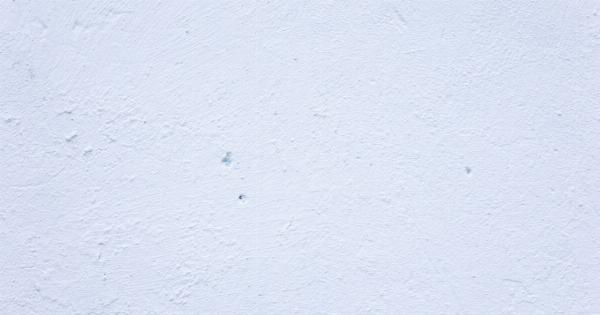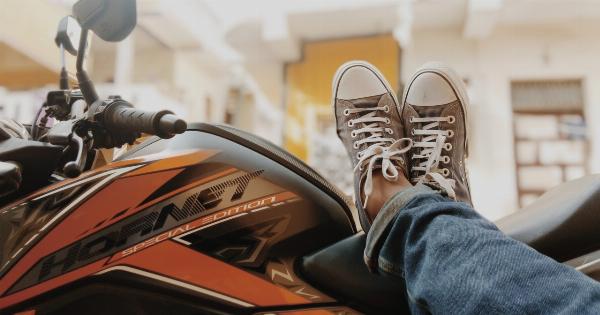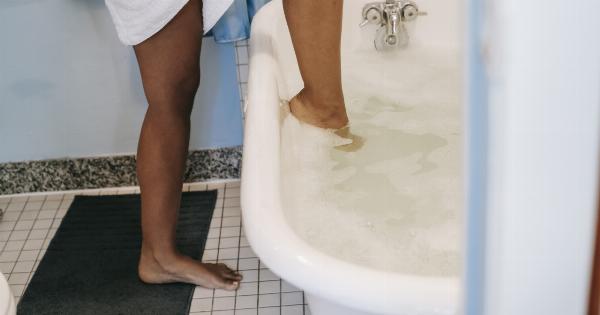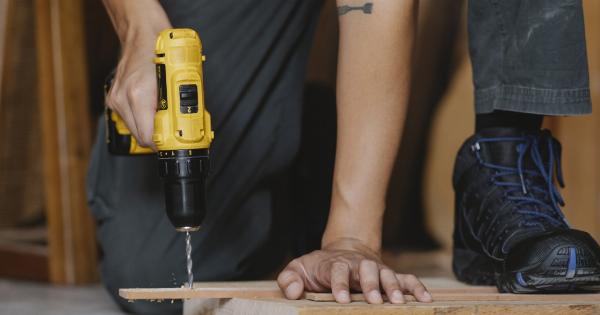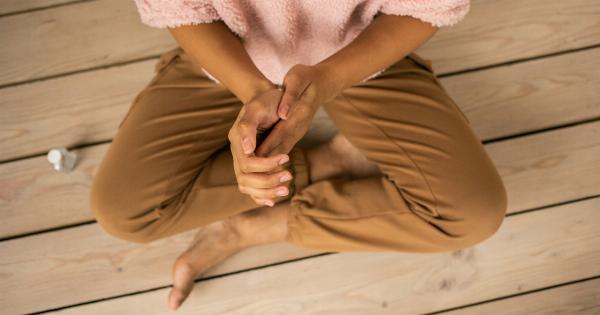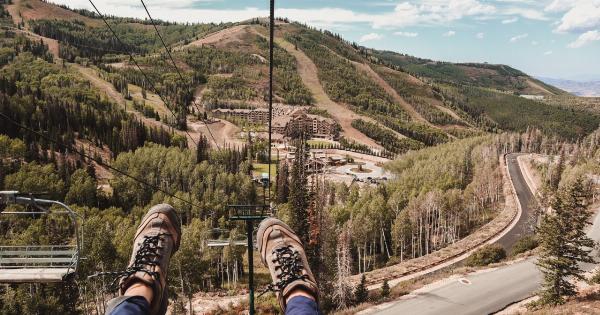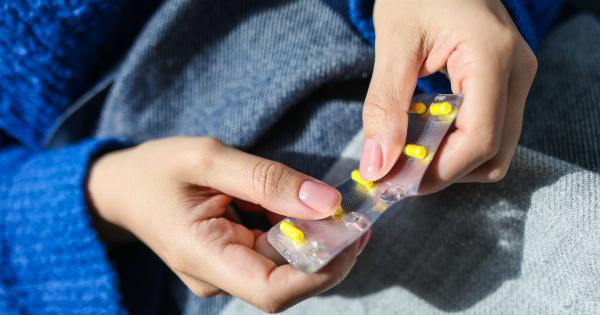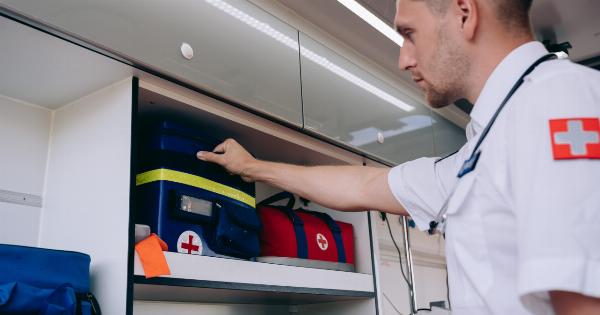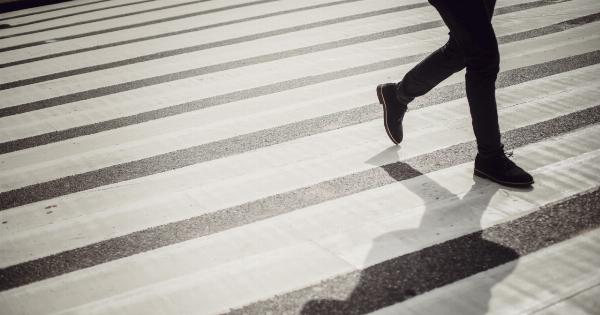Dealing with blisters on your legs can be painful and uncomfortable.
Whether you developed them from prolonged friction, burns, or a medical condition, it’s important to provide immediate assistance to alleviate pain, promote healing, and prevent infection. In this article, we will outline four simple steps to help you take care of your blisters efficiently.
Step 1: Clean the Affected Area
The first step in providing immediate assistance for leg blisters is to clean the affected area. Gently wash the blister and the surrounding skin with mild soap and warm water.
Avoid scrubbing the blister, as it can further irritate the skin and increase the risk of infection.
After cleaning, pat the area dry with a clean towel. Ensure that the towel is soft and doesn’t snag on the blister. If needed, use a hairdryer on a cool setting to completely dry the area.
Step 2: Protect the Blister
Once the blister is clean and dry, it’s essential to protect it from further friction or irritation. Apply a blister pad or moleskin to cushion the blister and reduce pressure. You can find these products at your local pharmacy or drugstore.
If a blister pad or moleskin is not available, you can also use a clean, soft cloth or gauze pad and secure it with adhesive tape. Make sure that the dressing is not too tight, as it can hinder circulation.
Step 3: Relieve Pain and Reduce Swelling
Blisters on the legs can often be accompanied by pain and swelling. To help relieve these symptoms, consider taking over-the-counter pain medications such as ibuprofen or acetaminophen.
Ensure that you follow the recommended dosage and consult a healthcare professional if you have any underlying medical conditions or are currently taking other medications.
In addition to medication, elevating the affected leg can help reduce swelling. Prop your leg on a pillow or cushion to elevate it above heart level. This position encourages proper blood circulation and can alleviate discomfort.
Step 4: Promote Healing and Prevent Infection
After taking care of the initial pain and discomfort, it’s crucial to promote healing and prevent infection. Applying an antibiotic ointment or cream to the blister can help prevent bacterial growth and reduce the risk of infection.
Be sure to choose a product specifically designed for wound care.
Once the ointment is applied, cover the blister with a sterile bandage or dressing. This will protect the blister from external dirt, bacteria, and friction. Change the dressing daily or as needed, ensuring that the area remains clean and dry.
Conclusion
Taking immediate steps to provide assistance for leg blisters is crucial in alleviating pain, promoting healing, and preventing infection.
By following these four simple steps – cleaning the affected area, protecting the blister, relieving pain and reducing swelling, and promoting healing while preventing infection – you can effectively attend to your leg blisters. Remember to consult a healthcare professional if your blisters worsen, show signs of infection, or if you have any underlying health conditions that may require additional care.

